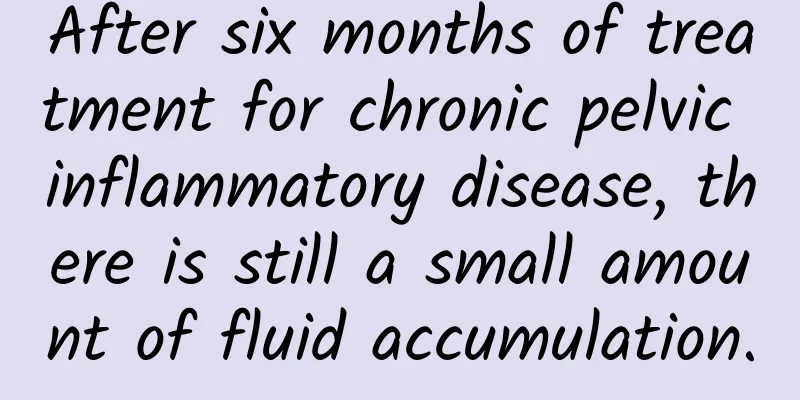What are the two main points of acute pelvic inflammatory disease?

|
Two main points of acute pelvic inflammatory disease. Pelvic inflammatory disease is a common gynecological inflammation among female friends. When some women go to the hospital for a physical examination, most of them are diagnosed with acute pelvic inflammatory disease. So, what are the two main points of acute pelvic inflammatory disease? Pelvic inflammatory disease can be divided into acute and chronic types. Acute pelvic inflammatory disease is mainly caused by pathogens, and the clinical manifestations may vary depending on the severity and scope of the inflammation. Patients often have high fever, chills, loss of appetite and lower abdominal pain, and may also be accompanied by digestive system and urinary system symptoms. Two key points of acute pelvic inflammatory disease: 1. Physical signs: Acute illness, elevated body temperature (up to over 39°C), rapid heart rate, abdominal distension, lower abdominal muscle tension, tenderness, rebound pain, and weakened or absent bowel sounds. Gynecological examination findings: vaginal congestion, abundant secretions, purulent, tenderness in the vault, congestion of the cervix, obvious pain when lifting, slightly enlarged uterus, limited mobility, tenderness, obvious tenderness on both sides of the uterus. If there is pyosalpinx, a mass with greater tension, cystic feeling, unclear boundaries, and obvious tenderness can be palpated on both sides of the uterus; in case of parametrial connective tissue inflammation, flake thickening can be palpated on one or both sides of the parametrial uterus, or thickening and tenderness of the uterosacral ligament. If there is a uterine rectal fossa abscess, the posterior vault is full and a mass can be palpated, tenderness, and it is more obvious during triple examination. 2. Symptoms: Chills and fever, even chills and high fever; pain in the lower abdomen that is resistant to pressure; increased vaginal discharge, which is yellow, thick, and foul-smelling; during menstruation, the disease may cause increased menstrual flow and prolonged menstruation. Peritonitis may be accompanied by gastrointestinal symptoms such as nausea, vomiting, abdominal distension, diarrhea, etc. When the urethra is affected, dysuria, frequent urination, and painful urination may occur. When the rectal wall is affected, tenesmus, diarrhea, or constipation may occur. |
<<: Why does cervicitis recur?
>>: Characteristics of ovarian cysts
Recommend
What treatments do you know for vaginitis?
What treatments do you know for vaginitis? What a...
What are the most common and effective methods to prevent cervical erosion?
In recent years, female friends have paid great a...
What are the causes of ovarian cyst recurrence and how to prevent it
What causes recurrence of ovarian cysts? How to p...
Can red guava lower blood sugar? The secret to controlling sugar: learn to replace food first
Diabetes is a troublesome disease. There are many...
What are the sequelae of abortion?
After abortion, cervicitis, endometritis, pelvic ...
Lotus root is good for the stomach and rich in dietary fiber, it can be said to be the king of vegetables! Famous doctors all eat lotus root like this
【Dr. Zhang Zhenrong's Disease Prevention Note...
Can I have an ovarian cyst and get an IUD inserted? When can I get pregnant?
Can I have an IUD inserted if I have an ovarian c...
Social factors causing ovarian cysts
The occurrence of diseases is often caused by var...
What are the symptoms of uterine fibroids?
What are the signs of uterine fibroids? Uterine f...
Vulvar leukoplakia cannot ignore the changes in the vulvar skin and mucous membranes
In addition to vulvar itching and changes in the ...
How to treat uterine fibroids during pregnancy
The incidence of uterine fibroids is increasing, ...
What should you pay attention to in preventing hyperprolactinemia?
What precautions should be taken to prevent hyper...
The incidence of uterine fibroids is related to the following factors
Uterine fibroids are a gynecological disease, and...
Atrophic vulvar leukoplakia diagnosis will have different degrees of symptoms
In gynecological clinics, vulvar leukoplakia has ...
Prevention and treatment of pelvic inflammatory disease requires strict control of life details
To prevent and treat pelvic inflammatory disease,...









